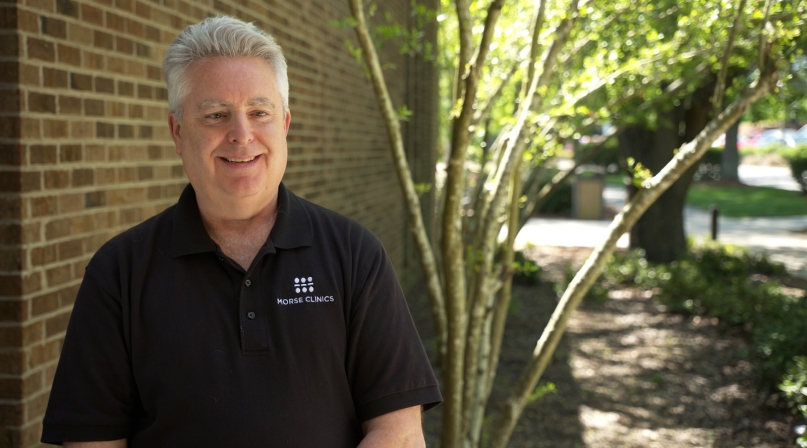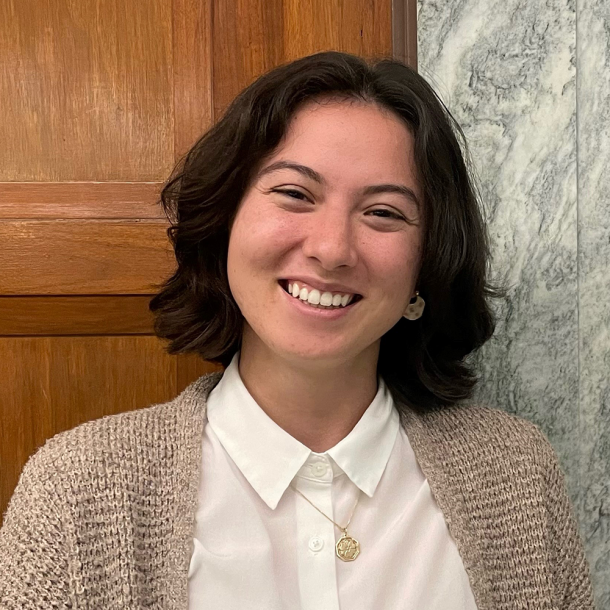Counties invest opioid settlement funds to save lives
Author
Upcoming Events
Related News

Key Takeaways
Every 5 1/2 minutes. That’s how often someone dies from a preventable drug overdose in the United States.
In recent years, multiple pharmaceutical companies have settled lawsuits to address their harmful role in the overdose epidemic.
Since the 2022 settlement with opioid distributors and a manufacturer was finalized, NACo has been convening county leaders across 15 states as they deliberate how best to use these funds to save lives and curb the overdose epidemic.
The Opioid Solutions Leadership Network (OSLN), supported by Vital Strategies and the Pew Charitable Trusts, consists of county elected officials and health officials, many with lived and professional experience as health care providers.
Some have personal experience with the opioid crisis, either through their own struggles or those of loved ones.
Others have developed expertise in the field through their work in law enforcement, public health or social services. Others aren’t yet sure where the dollars will make the greatest impact but are committed to working across agencies and with community-based organizations to find effective solutions.
These county leaders are united in their determination to make a positive impact in their communities and to break down the stigma that has hindered progress in the fight against the opioid epidemic. This group gathered for the first time in April in Granville and Vance counties, in North Carolina, to learn from experts, share their local strategies and observe the region’s opioid solutions in action.
A leader in opioid abatement
Granville Vance Public Health (GVPH), the local health department serving the two-county area, is a leader in opioid abatement.
In 2018, GVPH became the first health department in the state to provide medications for opioid use disorder (MOUD).
The need for care was so great, that within a year, the primary care provider at the clinic, Dr. Shauna Guthrie, was dedicating her full work week to seeing patients for MOUD. On the success of the program, Guthrie said, “patients are staying alive, they’re coming back.”
Lisa Macon Harrison, the health director of GVPH noted that “the opioid crisis is demanding that we change…we don’t have a choice, we have to solve this.”
OSLN participants had the opportunity to learn from more than 15 local stakeholders in Granville and Vance, as well as state and local partners working in the region.
The convening was a critical opportunity to understand more deeply the role these individuals play in the challenges and solutions to providing integrated care in rural areas.
After two days of hearing from GVPH stakeholders, OSLN participants shared the challenges and barriers they are facing in their home counties and solicited feedback from their counterparts across the country.
One member noted that in her county, there is a challenge in getting people truly involved in a continuum of care.
In response, another member presented a unique approach her home community is using to address the issue: A community case work process.
In this approach, multiple stakeholders and service providers come together to address the essential services required by a single person who requires additional support. This process is designed for individuals facing especially complex challenges and facilitates open lines of communication among service providers.
Fighting stigma, building compassion
Stigma, as a pervasive issue in addressing addiction and substance abuse, was a recurring theme throughout the event.
Despite the evidence that addiction is a disease, many people still see it as a moral failing, which can create significant barriers to effective service delivery.
OSLN members reported encountering stigma and resistance at all levels to implementing best practices.
However, county leaders are finding ways to work around this issue by leveraging creative funding solutions, implementing communication campaigns and using Americans with Disabilities Act regulations to ensure that evidence-based practices are in place.
To counter the effects of stigma, Granville-Vance service providers are intentionally building peer support strategies into their provision model and crisis center.
A representative of Vision Behavioral Health Services noted the immense value of peer support specialists in their care model; peer support specialists often use their own time, money and vehicles to make sure that folks make it to their appointments, to court and to navigate the social security and other service systems.
At their grand opening of a treatment center in Granville County, a client testified that her peer support specialist helped her save for and afford her own vehicle.
Now, she’s getting her own peer support certification to give back.
The OSLN convening hosted by Granville and Vance counties provided a platform for local leaders to share their experiences, learn from each other and collaborate on solutions to the opioid crisis.
While there is still much work to be done, there is hope that the face of this issue is changing, and county leaders are playing a critical role in driving that change forward.
By building relationships, sharing solutions and working together, they are making progress in the fight against the opioid crisis and creating a brighter future for their communities. The OSLN will convene again in August in Milwaukee County, Wis.
Featured Initiative
Opioid Solutions Center
NACo's Opioid Solutions Center empowers local leaders to invest resources in effective treatment, recovery, prevention and harm reduction practices that save lives and address the underlying causes of substance use disorder.

Related News

County Countdown – Dec. 15, 2025
Every other week, NACo's County Countdown reviews top federal policy advocacy items with an eye towards counties and the intergovernmental partnership.
Stretching small opioid settlement allocations helps funding do more
States and localities are set to receive $56 billion in opioid settlement dollars over an 18-year period, but not every county that receives settlement funding will get enough to build out infrastructure.
